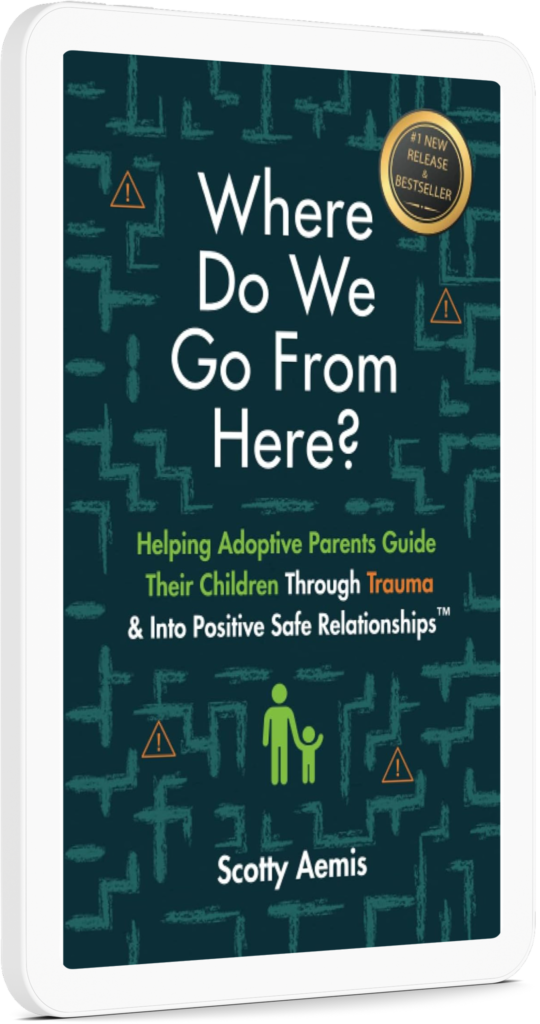An Early Childhood Educator’s Guide to Trauma Informed Care
Even at a very young age, trauma can have severe consequences and effects on a child. A child’s brain develops in the context of their earliest experiences, meaning that traumatic experiences, or ACEs (adverse childhood experiences), literally alter the brain and how it functions. In other words, children with trauma experience dysregulation.
At the heart of all childhood trauma are broken bonds of trust with authority figures. Childhood trauma is relationship based. Children who have secure attachments learn to trust their emotions and their understanding of the world around them, but those who have experienced early childhood trauma are unable to trust those feelings.
Symptoms of Childhood Trauma in Infants (age 0-2):
- Scream or cry excessively
- Have poor appetite, low weight or digestive issues
- Exhibit memory issues
- Demonstrate poor verbal skills
- Inability to form an attachment to caregivers
Symptoms of Childhood Trauma in Toddlers (age 3-6):
- Have difficulties focusing or learning in school
- Develop learning disabilities
- Show poor skill development
- Act out in social situations
- Imitate the abusive/traumatic event
- Be verbally abusive
- Unable to trust others or make friends
- Believe they are to blame for the traumatic event
- Lack self-confidence
- Experience stomach aches or headaches
- Inability to form healthy attachments to caregivers
- Inability to trust authority figures
Childhood Trauma is a Real Brain Injury
In order to help young children with trauma begin to heal, it is key that you understand that childhood trauma causes a real brain injury. Constant fear leads to the stress response becoming the regular manner of functioning. This constant fight or flight mode causes the amygdala (the brain’s regulator of emotions and emotional behaviors) to become overused and will overdevelop. This leads to dysregulation and the child being unable to regulate their emotions well.
Conversely, the hippocampus, the part of the brain that puts a potential threat into context, becomes underdeveloped. This means that even when the danger is no longer present, the child may still respond as if they are in danger because the hippocampus cannot override the stress response.
The Role of Trauma Informed Care in Early Childhood Education
In order for children to heal from their traumas and thrive, it is imperative that they be provided safe, trauma-sensitive places in all aspects of their life, including in a childhood development center. Here, teachers can help support children with trauma in creating positive self-identities. Feeling positive and confident about school in the early years is very important. This is when children decide whether they view themselves as learners or not.
Further, children who feel they are listened to and understood have confidence in their ability to make good things happen. It also helps children learn to reach out for support when they don’t know how to handle a difficult situation.
However, the old system of consequences can often retraumatize children. The brain damage caused by trauma means that they do not respond to punishments as would a child who has not experienced trauma. Instead, it further deepens the feelings of mistrust the child may have toward caregivers. Early childhood educators must instead exhibit patience and compassion, which can help build trust.
So while the old system of consequences may benefit some children, it can certainly harm those who have experienced trauma. On the other hand, trauma informed care is an approach that benefits all children and harms none. This means that even if you don’t realize a child has experienced trauma, you won’t unknowingly retraumatize them by providing trauma informed care to all children.
Tips for Early Childhood Educators
Remember that relationships are everything when it comes to trauma informed care. Lead with empathy and validate all emotions. Always give opportunities for restoration following challenging situations. Provide love and plenty of patience and gently guide the child instead of demanding good behavior or handing down punishments.
Offer a supportive environment, which gives children a sense of control and predictability. This can help restore trust and feelings of safety, both key components of healing and building resilience.
Provide nurturing and responsive relationships with the children in your care. Research has shown that providing supportive and positive relationships may prevent or reduce the reactions to trauma. These positive relationships are also critical to developing resilience in young children.
Also, consistency in our own actions is crucial to building safe and secure relationships with children. Students feel safe when they know what to expect. So strive for consistency in everything from the daily routine to your reactions. When children know what to expect, we are building trust with them. It shows them that they can rely on us.
Finally, provide unconditional love and offer plenty of patience. We can only guide children with trauma on their journey toward healing. We must give children with trauma the space and time they need to work through their trauma. And because each child is unique, this means children with trauma will heal on their own time and in their own unique way.


